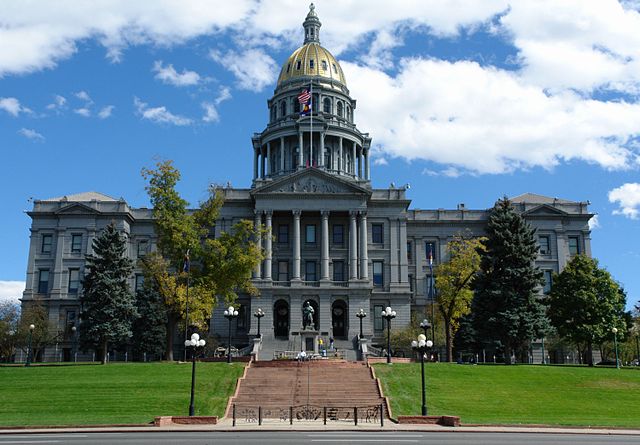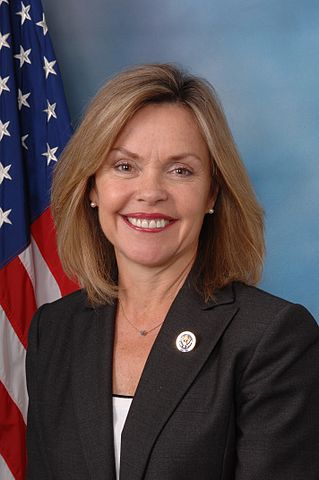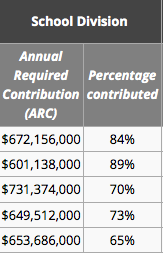Two former Colorado governors penned a column in Friday’s Denver Post that raised questions about whether too many employees were getting the “short stick” regarding pension benefits.
Richard D. Lamm and Bill Owens write:
The debate over the unfunded liability has overshadowed an equally critical issue.
What has gone largely unexamined — by PERA members, policymakers and the broader public — is the question of whether the state’s public retirement plan provides fair benefits to the majority of public servants and allows public entities to recruit and retain the highest-quality employees.
Given that virtually all public school teachers are PERA members — along with other state employees and many who work for Colorado municipalities and counties — this is a critically important question that impacts us all.
We put our trust and the safety of our families in the hands of these educators, state troopers, and snowplow drivers so it makes sense that we want to ensure that they’re treated fairly and that they represent the best and the brightest employees available.
The authors argue that, although Colorado’s average pension benefit appears more than adequate (over $3,000 a month), it masks the fact that many workers lose out. From the column:
Some PERA critics have argued that its benefits are too generous, outstripping what’s available to private sector employees. But the secret that goes unaddressed is that the vast majority of PERA members lose out under its current structure. For many of them, in fact, the benefits are insufficient to provide them with the retirement security they deserve.
Despite the buzz that it’s a 24-carat retirement plan, many of these public servants may end up with fool’s gold.
Why? While PERA highlights its average retiree benefits — $3,068 monthly, according to the latest data — this statistic hides the fact that a few retirees make far more than that and the vast majority make far less. Quite simply, the benefit structure, set by the state legislature, is skewed to benefit a minority of public employees at the expense of the rest.
Who are the rest who get the short stick under the current system? They’re employees who are more typical of the modern-day workforce — those who don’t stay at one job for the majority of their career. This could include those who move between the public and private sector or move in or out of Colorado, including, for example: a teacher who spends a half dozen years in the classroom before taking a private sector job; a public servant who follows his spouse out of Colorado — even if he continues a career in the public sector in another state; and a dedicated career Colorado public employee who wants to continue serving after becoming eligible for retirement.
Richard D. Lamm and Bill Owens are co-chairs of the Colorado Pension Project, “a group working to strengthen retirement security for Colorado public servants”.
Photo credit: “Denver capitol” by Hustvedt – Own work. Licensed under Creative Commons Attribution-Share Alike 3.0 via Wikimedia Commons





